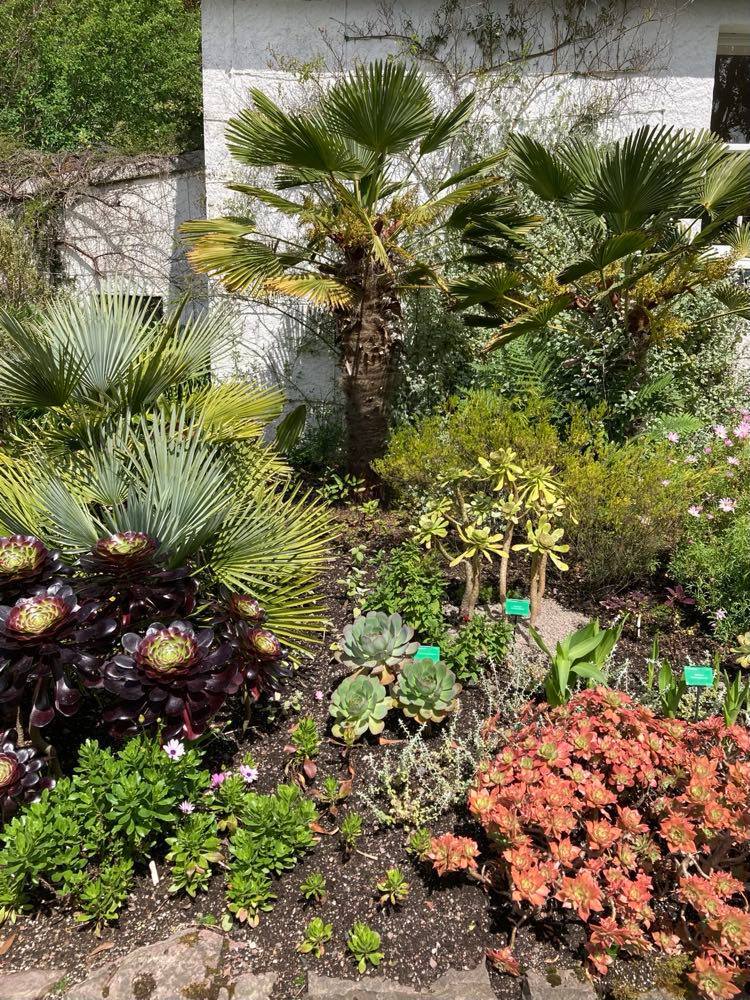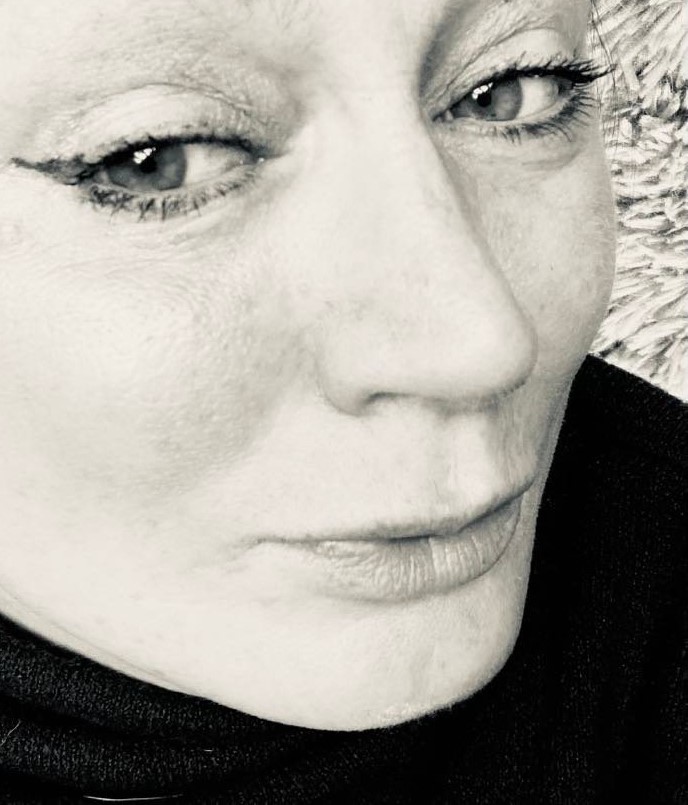There were adventures I haven't mentioned, Applecross, Beinn Eighe reserve, Corrieshallock gorge, Bealach-na-ba. This last was where you could not forget that the NC500 may be many things, but at heart it's a driving holiday. Historians, trekkers and nature lovers may enjoy it, petrolheads will love it. All around the NC500 you could find vintage cars making their way, occupants grinning behind helmet/gloves/goggles combos, but the motorbike is champ, with the bicycle deserving an honourable mention. Every time I saw a cyclist they were pushing their bike up a hill, often thoroughly drookit. I saluted their valour and made a mental note never to emulate it. On the Bealach-na-ba, there came a point where signs warned motorhomes and caravans to just turn back. I can imagine it's frustrating, for the roads are generally good and there are plenty of passing places, but also no lack of blind hills and hairpin bends.
The colds we were experiencing got rapidly worse. By the time we got to our lovely hotel on the Kyle of Lochalsh, one thing was evident; we were not going to meet the others in Inverness. It was mortifying to consider that they had bought the air tickets etc, but the problem had moved beyond fare prices to contagion. We had to cancel. There was still Skye and a four hour wildlife trip we had booked, but when the organisers phoned us to say they couldn't run it because of high winds on the sea, it felt like a sign. I like to take the adventure each day offers, and sometimes it's a good thing to have the road lead home.
We got back, I tested, there it was. Since then I've done two consecutive clear tests, and my only remaining symptoms are fatigue and a hacking cough that just won't quit. Am I ready for new ventures yet? Not quite but it won't be long. I'll be returning North, that's for sure. That's the nature of the road.

The colds we were experiencing got rapidly worse. By the time we got to our lovely hotel on the Kyle of Lochalsh, one thing was evident; we were not going to meet the others in Inverness. It was mortifying to consider that they had bought the air tickets etc, but the problem had moved beyond fare prices to contagion. We had to cancel. There was still Skye and a four hour wildlife trip we had booked, but when the organisers phoned us to say they couldn't run it because of high winds on the sea, it felt like a sign. I like to take the adventure each day offers, and sometimes it's a good thing to have the road lead home.
We got back, I tested, there it was. Since then I've done two consecutive clear tests, and my only remaining symptoms are fatigue and a hacking cough that just won't quit. Am I ready for new ventures yet? Not quite but it won't be long. I'll be returning North, that's for sure. That's the nature of the road.



























